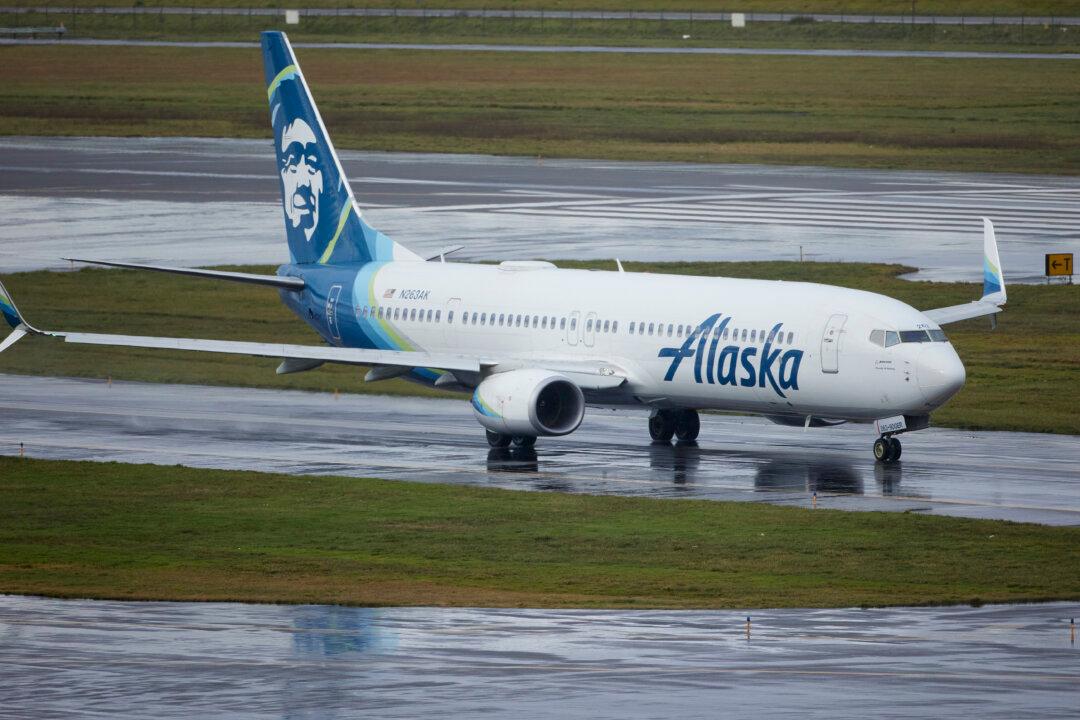Federal aviation authorities have taken “new and significant actions” against Boeing, including considering stripping the company of its power to self-inspect aircraft, amid continued fallout from the recent mid-air door plug blowout.
About a week ago, a panel covering an unused emergency door blew out mid-flight on an Alaska Airlines-operated Boeing 737 Max 9 series aircraft, prompting a rapid decompression and forcing an emergency landing.





